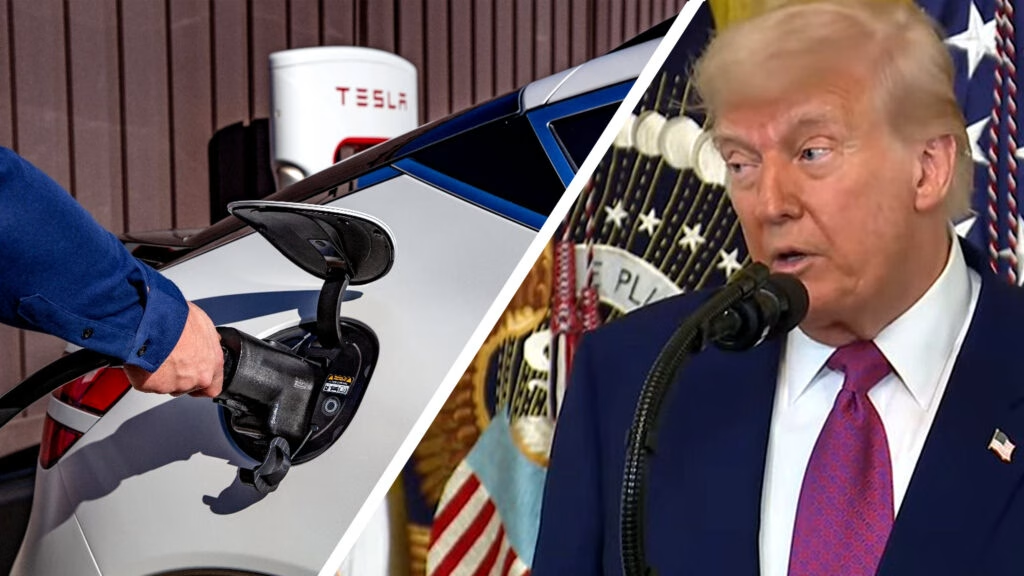The ongoing battle over vehicle emissions in the United States has taken a dramatic turn, with President Trump recently signing three resolutions aimed at curtailing California’s ambitious environmental policies. This move has reignited a long-standing conflict between the federal government and the state, which has been setting its own emissions standards for over half a century.
What Do Trump’s Resolutions Mean for California?
By signing these resolutions, Trump is effectively blocking California’s plan to phase out gas-powered vehicles by 2035. This decision not only halts the state’s efforts to promote electric vehicles but also strips California of its authority to enforce its own tailpipe emissions and nitrogen oxide pollution limits. The implications are significant, especially for a state that has long been a leader in environmental regulation.
The Alliance for Automotive Innovation, representing major car manufacturers, has voiced support for Trump’s actions, arguing that California’s electric vehicle sales mandates were unrealistic. This perspective highlights a broader tension in the automotive industry between federal standards and state-level initiatives aimed at combating climate change.
California’s Response: A Legal Challenge
In response to Trump’s resolutions, California Governor Gavin Newsom and Attorney General Rob Bonta wasted no time in filing a lawsuit, labeling the actions as “illegal resolutions.” They argue that these measures threaten public health and undermine the state’s efforts to improve air quality. California has been at the forefront of clean air initiatives, and its regulations have reportedly saved the state $250 billion in health costs over the past 50 years.
Bonta emphasized the urgency of the situation, stating that the President’s actions could have life-or-death consequences for communities grappling with air pollution. The lawsuit aims to protect California’s right to set its own emissions standards, a power granted during the Nixon administration.
The Broader Impact on the Auto Industry
The conflict between Trump and California is not just a political squabble; it has real-world implications for the auto industry and consumers alike. As the push for electric vehicles intensifies globally, manufacturers are caught in the crossfire. Some companies may find themselves navigating a complex landscape of federal and state regulations, which could impact their production strategies and market offerings.
Moreover, the automotive industry’s future hinges on innovation and adaptation. With many consumers increasingly prioritizing sustainability, companies that fail to align with environmental trends may risk losing market share. The tension between federal and state policies could hinder progress in transitioning to cleaner technologies, ultimately affecting consumer choices and public health.
What’s Next in the Emissions Battle?
As this legal battle unfolds, the outcome could set a precedent for how environmental regulations are shaped in the future. If California prevails, it may reinforce the state’s authority to lead on climate issues, potentially inspiring other states to adopt similar measures. Conversely, if the federal government prevails, it could signal a shift away from state-led environmental initiatives, impacting the broader fight against climate change.
The big takeaway? This clash isn’t just about cars; it’s about the future of clean air and public health. As the legal proceedings progress, it’s essential for all stakeholders—government officials, industry leaders, and consumers—to engage in meaningful dialogue about the path forward. The stakes are high, and the decisions made today will shape the landscape of transportation and environmental policy for years to come.

